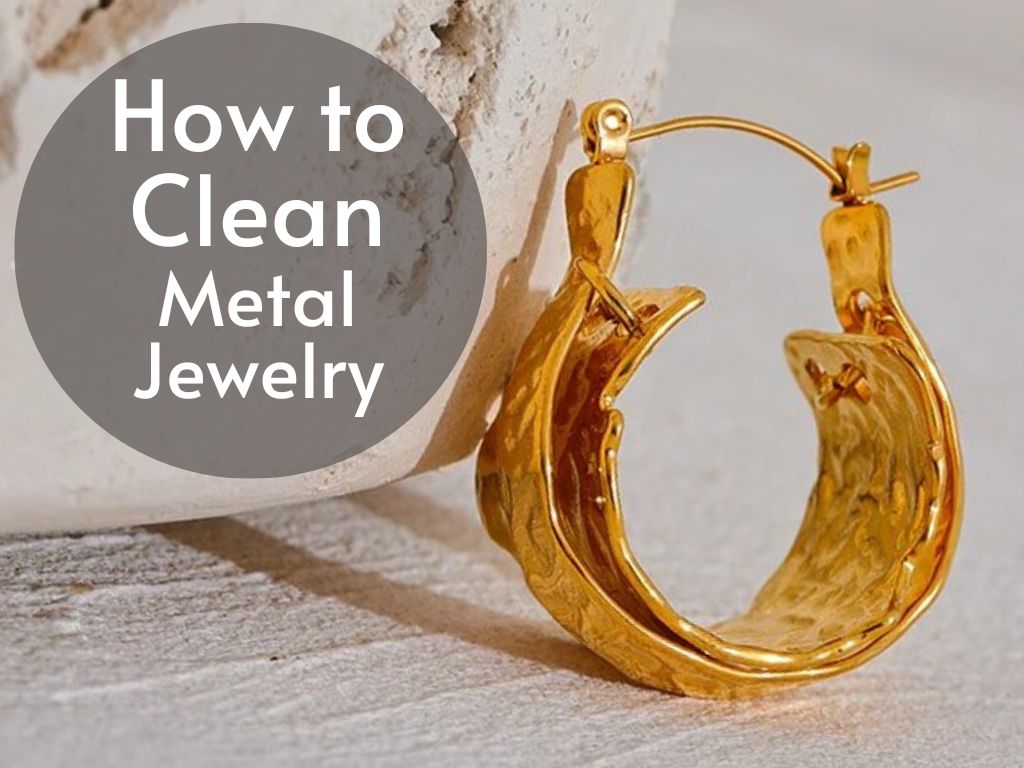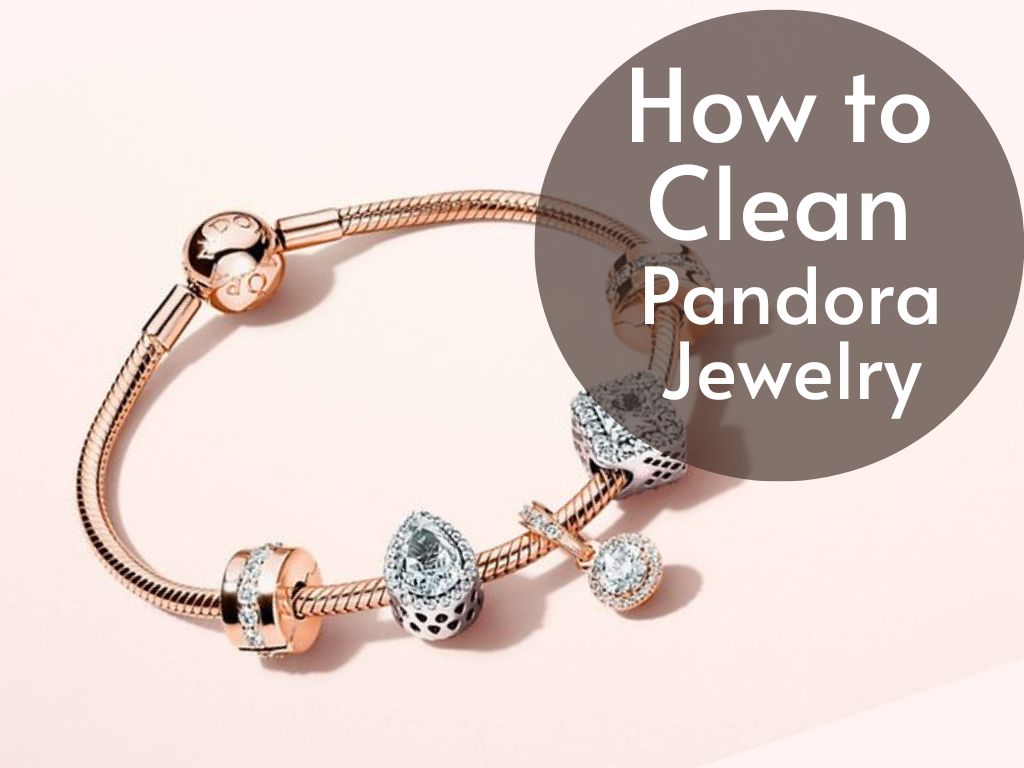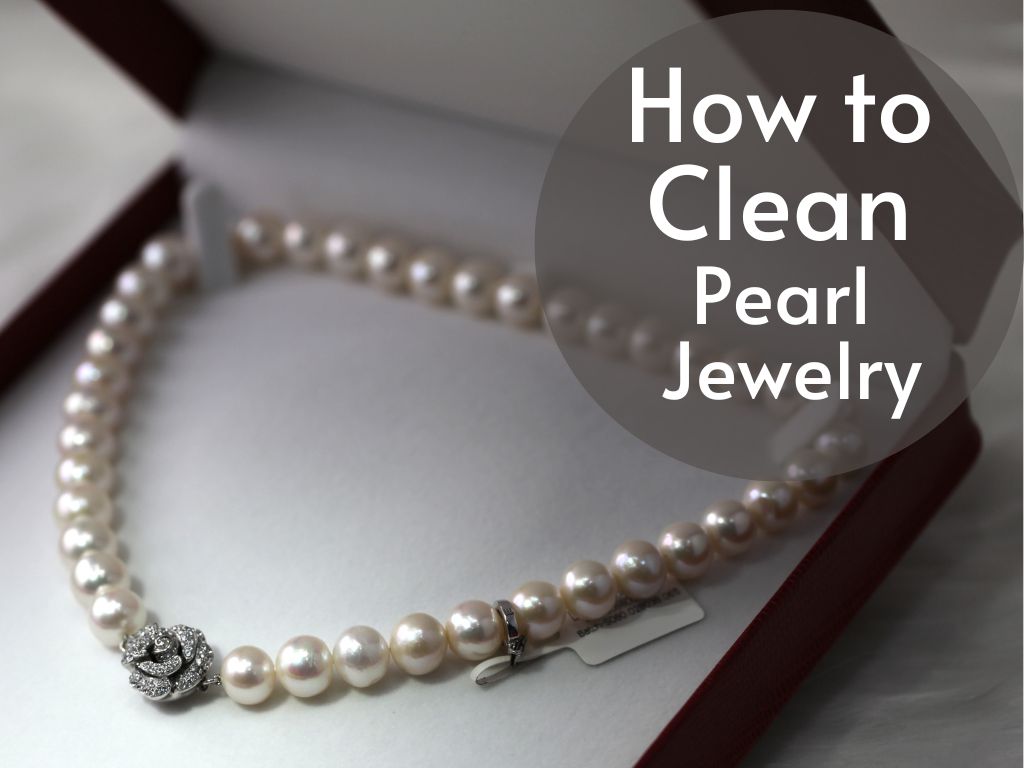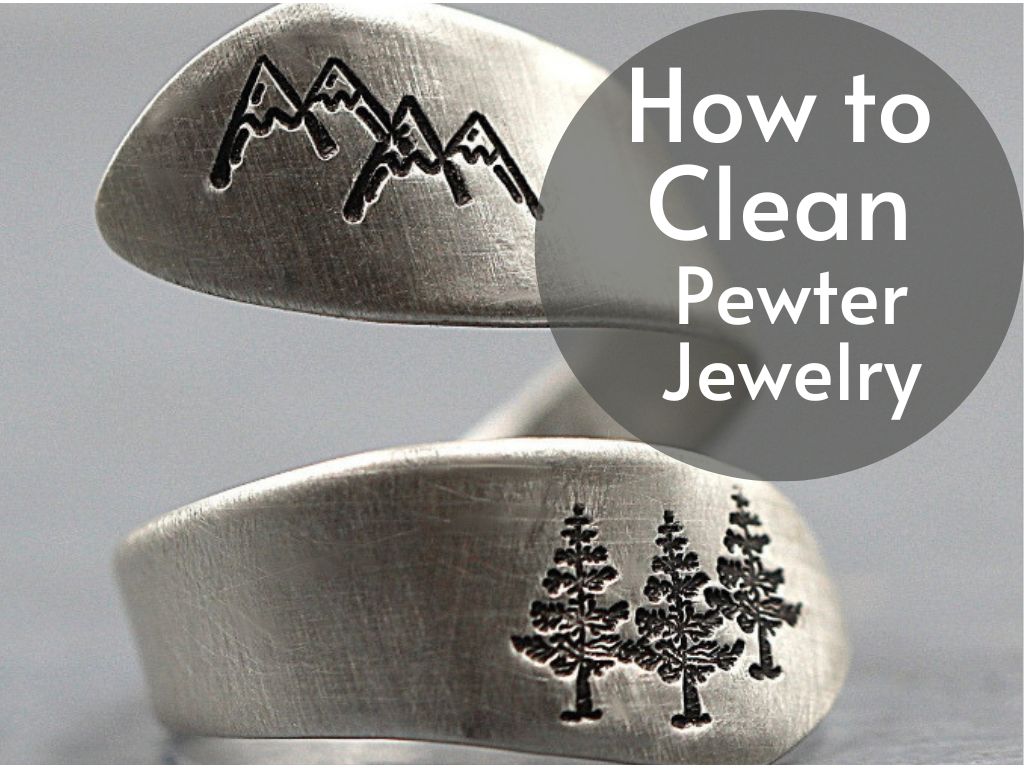Radiance of Cheap Jewelry through Effective Cleaning
Adorned with intricate designs and shimmering embellishments, cheap jewelry holds a special place in our hearts. These affordable gems can accentuate our style and bring a touch of elegance to any outfit.
However, their accessible price often comes at the cost of durability and longevity. To preserve their luster and extend their lifespan, regular cleaning becomes paramount.
Cleaning Cheap Jewelry
While cheap jewelry may not possess the same monetary value as its high-end counterparts, it still deserves tender care and attention. Neglecting to clean your cherished pieces can lead to an accumulation of dirt, oil, and residue that diminishes their brilliance over time.
This buildup not only affects the aesthetic appeal but can also cause skin irritations or allergic reactions when worn. Beyond maintaining aesthetics and personal comfort, cleaning cheap jewelry is essential for preserving its structural integrity.
Dust particles or grime can find their way into crevices or delicate components such as clasps, chains, or settings. Over time, this debris can lead to corrosion or even loosen stones if left unchecked—an unfortunate fate for otherwise cherished accessories.
The Benefits of Regular Cleaning
Embracing a routine cleaning regimen for your inexpensive baubles offers a range of benefits beyond mere aesthetics. Firstly, regular cleaning helps maintain the shine and sparkle that initially drew us to these pieces—restoring them to their full glory.
Moreover, cleaning cheap jewelry serves as an act of preservation—a testament to our commitment towards prolonging the life cycle of these adornments we hold dear. By preventing tarnishing or damage caused by accumulated dirt or oils from everyday wear, we ensure their longevity while maximizing each piece’s value.
An Overview of the Cleaning Process
The cleaning process for cheap jewelry involves a careful balance between efficacy and gentleness. While we strive to remove dirt and grime, we must avoid using harsh chemicals or abrasive materials that could cause irreversible damage.
Depending on the type of material and embellishments, different cleaning methods apply. Through this comprehensive guide, we will explore general cleaning tips applicable to all forms of cheap jewelry.
Additionally, we will delve into specific methods for cleaning alloy-based, plated metal, and plastic jewelry—each requiring tailored approaches to preserve their gleam and quality. Furthermore, we will discuss special care considerations for gemstones and rhinestones adorning these affordable treasures.
Understanding the Composition of Cheap Jewelry
Different types of cheap jewelry materials (e.g., alloy, plated metals, plastic)
Cheap jewelry encompasses a wide range of materials, each with its unique characteristics and properties. One common type is alloy-based jewelry, which is made by combining different metals to create a more affordable alternative to precious metals.
Alloy-based jewelry often contains a mixture of metals like copper, nickel, zinc, or brass. Plated metals are another popular choice for cheap jewelry.
They involve applying a thin layer of precious metal like gold or silver onto less expensive base metals such as copper or brass. Plastic jewelry offers an inexpensive and lightweight option that comes in various shapes, colors, and designs.
How composition affects the cleaning method
Understanding the composition of cheap jewelry is crucial when it comes to choosing the most appropriate cleaning method. For instance, alloy-based jewelry can be sensitive to certain cleaning solutions that might cause discoloration or damage to the metal alloy.
It’s important to avoid using harsh chemicals or abrasive materials that could scratch or strip away any protective coating on plated metal pieces. Plastic jewelry requires extra caution as it can melt or become disfigured if exposed to high heat sources during cleaning.
Furthermore, different types of cheap jewelry may have varying levels of durability and resistance to certain cleaning techniques. Alloy-based and plated metal pieces tend to be more robust compared to delicate plastic items when it comes to routine cleaning practices.
Therefore, it’s vital to consider the composition and overall fragility of each piece before selecting an appropriate cleaning method. Comprehending the diverse materials used in cheap jewelry is essential for effectively maintaining their appearance and longevity.
Whether it be alloy-based pieces with their unique blend of metals or plated metals offering a touch of luxury at an affordable price point; understanding how these compositions influence their care allows for proper cleaning techniques. By tailoring our cleaning methods to suit the specific material, we can ensure that cheap jewelry retains its charm and allure over time.
General Cleaning Tips for Cheap Jewelry
Avoid using harsh chemicals or abrasive materials
When it comes to cheap jewelry, it’s essential to handle them with care while cleaning. One crucial tip is to steer clear of harsh chemicals or abrasive materials that can potentially damage the delicate surfaces of such jewelry. Harsh chemicals, like bleach or ammonia-based cleaners, can cause discoloration or even dissolve the protective coatings on these pieces.
Instead, opt for gentler cleaning agents that are specifically designed for jewelry cleaning. For instance, a mixture of warm water and mild dish soap can be an excellent choice for most cheap jewelry.
This solution helps remove dirt and grime without being too aggressive on the metal or stones. When using this method, ensure you create a soapy solution by mixing a small amount of dish soap into warm water.
Gently dip a soft cloth or toothbrush into the solution and gently scrub your cheap jewelry in circular motions. Be sure to rinse off any residual soap thoroughly and pat dry with a clean cloth before storing.
Remove jewelry before engaging in activities that may damage it
To prolong the life and beauty of your cheap jewelry, it is advisable to remove them before engaging in activities that could potentially damage them. For example, swimming in chlorinated pools exposes your jewelry to corrosive chemicals that can tarnish metal finishes and weaken adhesives holding gemstones or rhinestones.
Similarly, when exercising or participating in sports activities, your inexpensive pieces may be subject to excessive moisture from sweat or accidental impact which could result in damages like bending of fragile parts or loss of stones. By taking off your jewelry beforehand and storing it safely, you avoid unnecessary wear and tear caused by these activities.
Store jewelry properly to prevent tarnishing or damage
Proper storage plays a vital role in preserving the quality of your cheap jewelry. When not wearing them, it’s important to store these pieces correctly to prevent tarnishing or damage.
Ideally, use a soft fabric-lined jewelry box or pouch with separate compartments for each item. This prevents them from rubbing against one another and reduces the risk of scratches or tangling.
Additionally, consider investing in anti-tarnish strips or silica gel packets to absorb moisture and minimize tarnish formation. These can be placed in the storage container to create a controlled environment that helps preserve your jewelry’s appearance.
Remember, never hang cheap necklaces or bracelets as they are prone to tangling and may become damaged. Instead, lay them flat or coil them gently before placing them in storage.
By following these proper storage practices, you can ensure that your inexpensive jewelry remains in excellent condition for a long time. Overall, by avoiding harsh chemicals and abrasive materials during cleaning, removing jewelry before engaging in damaging activities, and storing your pieces properly to prevent tarnishing or damage, you can significantly extend the lifespan of your beloved cheap jewelry collection while keeping it looking its best.
Cleaning Methods for Specific Types of Cheap Jewelry
Alloy-based Jewelry
Alloy-based jewelry is a popular choice for its affordable price and versatility. However, proper cleaning is essential to maintain its shine and prevent tarnishing.
To clean alloy-based jewelry, start by gently wiping it with a soft cloth dipped in warm soapy water. The mild soap helps remove dirt and grime without causing damage to the metal.
Remember to use lukewarm water as hot water may affect the integrity of the alloy. For hard-to-reach areas or intricate designs on the jewelry, you may need to utilize a toothbrush with soft bristles.
Dip the toothbrush into the soapy water and gently brush those areas, ensuring not to apply excessive pressure that might scratch or damage the surface of the jewelry. Afterward, rinse the piece thoroughly under running water to remove any soapy residue, then pat it dry using a clean cloth.
Plated Metal Jewelry
Plated metal jewelry consists of a base metal coated with a thin layer of precious metal like gold or silver. It requires extra care during cleaning since excessive moisture can cause the plating to wear off quickly. To maintain its luster, avoid using water as much as possible when cleaning plated metal jewelry.
To clean plated jewelry effectively, start by using a soft cloth specifically designed for delicate surfaces like jewelry. Gently buff away any dirt or fingerprints from the surface using small circular motions.
If there are stubborn stains that require more attention, you can dampen that particular area of your cloth slightly with lukewarm water before continuing to clean. However, if you find that plain water is not sufficient in removing debris from your plated jewelry, opt for mild non-abrasive cleaners specifically formulated for this purpose.
Apply a small amount of cleaner onto your soft cloth and carefully wipe down each piece of jewelry. Remember to follow the instructions on the cleaner and avoid using excessive force that may cause the plating to chip or fade.
Plastic Jewelry
Cleaning plastic jewelry requires gentle care to prevent scratches or damage. Begin by preparing a mixture of warm soapy water using a mild dish soap or a gentle jewelry cleaning solution. Soak the plastic jewelry in this solution for a few minutes to loosen any dirt or residue.
After soaking, use a soft brush with fine bristles or a soft cloth to clean the jewelry gently. Carefully scrub away any dirt, paying attention to the intricate details or crevices if present.
Avoid using any alcohol-based cleaners as they can cause discoloration and damage to the plastic surface. Once cleaned, rinse off any remaining soap residue by running the jewelry under lukewarm water.
Pat it dry using a clean, lint-free cloth, ensuring that no moisture is left behind as it can lead to stains or tarnishing on some plastics. By following these specific cleaning methods for different types of cheap jewelry, you can preserve their appearance and ensure their longevity without compromising their quality.
Special Care for Gemstones and Rhinestones on Cheap Jewelry
Gemstone Jewelry
Gemstone jewelry adds a touch of elegance to any outfit, even when it’s on the more affordable side. However, each gemstone requires special care to maintain its beauty and luster.
The first step in caring for gemstone jewelry is identifying the type of gemstone you have. Different gemstones have varying levels of hardness and sensitivity to chemicals, so it’s crucial to research appropriate cleaning methods for your specific gemstone.
Once you’ve identified the type of gemstone, you can proceed with cleaning it gently. Start by preparing a solution of mild soap and lukewarm water.
Dip a soft-bristled brush or cloth into the soapy water and carefully brush or wipe the gemstone surface without applying excessive pressure. Take extra care around any settings or prongs to ensure they aren’t damaged during the cleaning process.
Afterward, rinse the jewelry under clean running water to remove any residue from the soap solution. Pat dry using a soft towel or allow it to air dry completely before storing.
Rhinestone Jewelry
Rhinestone jewelry may not possess intrinsic value like natural gemstones, but they can still be sparkling additions to your accessory collection. These faux gems are often made from glass or acrylic and are delicate by nature, requiring careful maintenance. When cleaning rhinestone jewelry, it’s vital to avoid submerging them in water as moisture can loosen their settings over time.
To clean rhinestone jewelry effectively, take a cotton swab or soft lint-free cloth and lightly dampen it with water or rubbing alcohol. Gently wipe each rhinestone individually in a circular motion to remove dirt or grime without exerting too much pressure that could dislodge them from their settings.
For stubborn stains that require more attention, you can use a small brush with soft bristles to carefully clean the rhinestones. Once you’ve cleaned the jewelry, allow it to dry completely before wearing or storing it.
Conclusion
Caring for your cheap jewelry, including gemstone and rhinestone pieces, doesn’t have to be a daunting task. By following appropriate cleaning methods and being gentle in your approach, you can ensure that your jewelry maintains its beauty and longevity. Remember to identify the type of gemstone and research suitable cleaning techniques before proceeding.
For rhinestone jewelry, avoid submerging them in water and instead use a cotton swab or cloth with a mild cleaning solution. With these simple yet effective practices, you can continue enjoying your affordable jewelry collection while keeping it shining bright for years to come!





